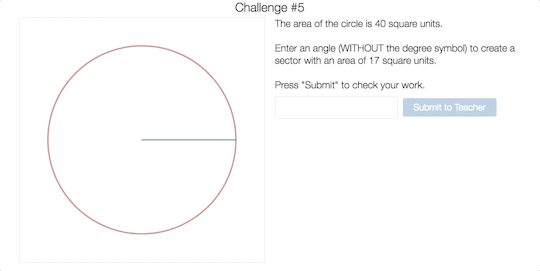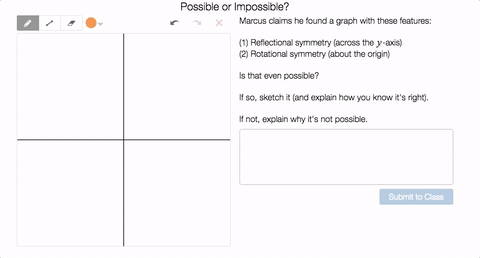Friday Fave for May 26
The Friday Fave doesn’t really understand running. The Fave runs fast,
but only when chasing a Frisbee or ball. The Fave is a bit like a Labrador
Retriever that way.
Nonetheless, the Fave understands that people do run when they are not chasing things, and that such people keep track of how far they have run and how long it has taken them. If you’re going to be doing such a thing, you really should be sharing the mathy results with the rest of us.
That’s exactly what’s going on in The Running Game, this week’s Friday Fave. The Running Game isn’t an elaborate affair; it’s a simple, clear activity that has students use proportionality to go from inaccurate guessing to very reasonable predicting.

So go ahead and give your students the experience of using math to do something better.
And then make them run laps. It’s the end of the year; there’s a lot of energy to burn off! Tell ‘em the Friday Fave said they had to.
And while you’re watching the clock, here are a few more activities that use time as a variable.


